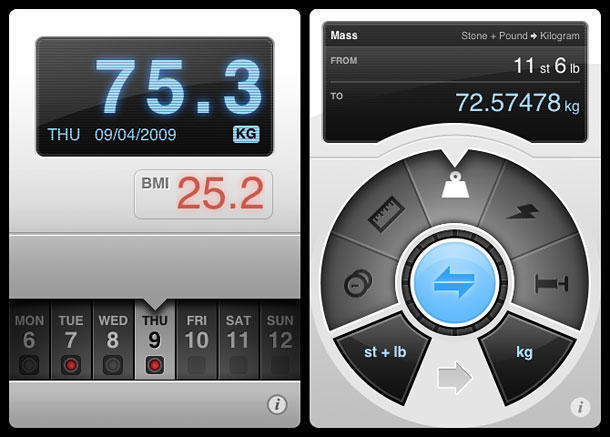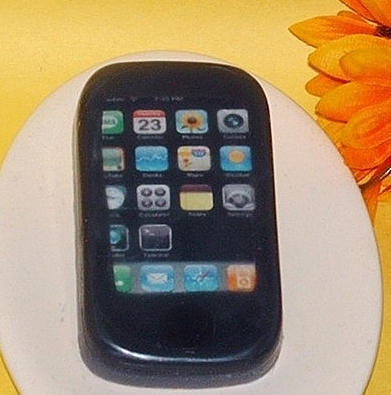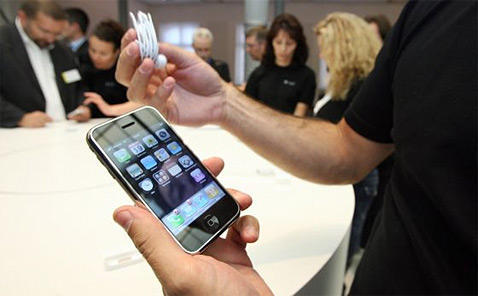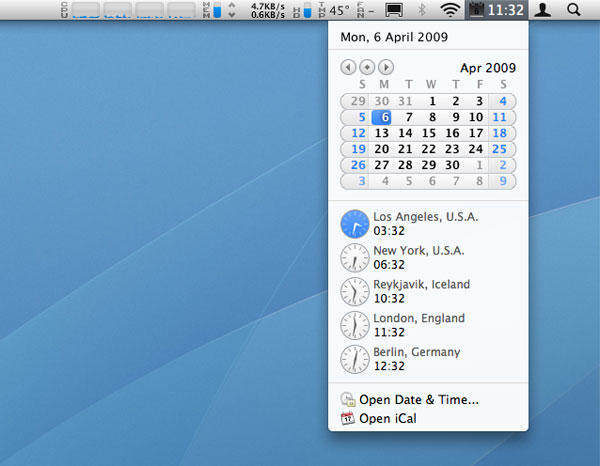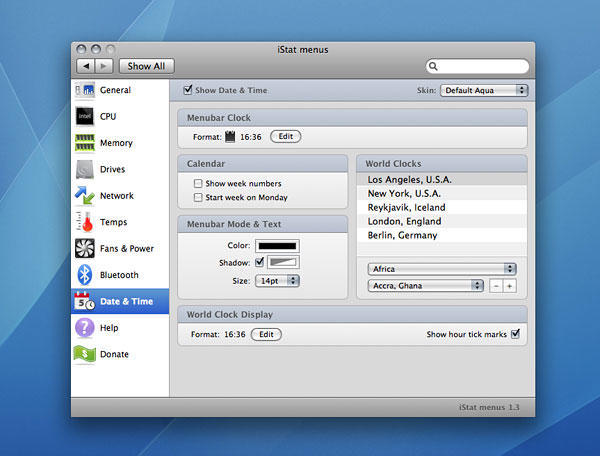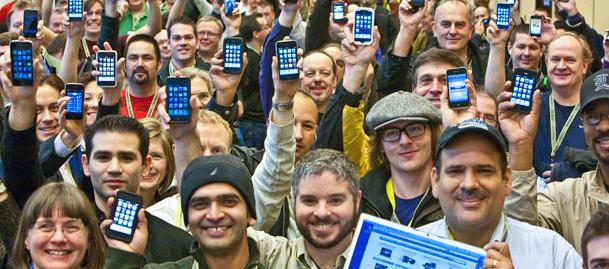What they are: Utilities for iPhone. Weightbot is a weight tracker that enables you to input your weight (in US, UK or SI units), whereupon it reveals your BMI and also tracks your weight over time, automatically graphing it. Convertbot is a conversion tool for things like speed, currency and length.
Why they’re good: Neither of these apps is unique in its field, but what Tapbots have done is create utilities that make the mundane a little bit fun. Suitably mechanical sound effects pepper the apps as tasks are done, and the interfaces are beautiful and tactile. Also, in taking a unique path regarding UI, these apps are more usable than most. Weightbot is a shining example of an interface suited to iPhone—it’s perfectly intuitive, making fine use of the touchscreen and accelerometer (for example, turn your iPhone sideways to see graphs). Both apps are also stable and affordable.
Where to get them: Both apps are available from the App Store (Weightbot, Convertbot). At the time of writing, Weightbot is priced at $1.99 and Convertbot is $0.99.
